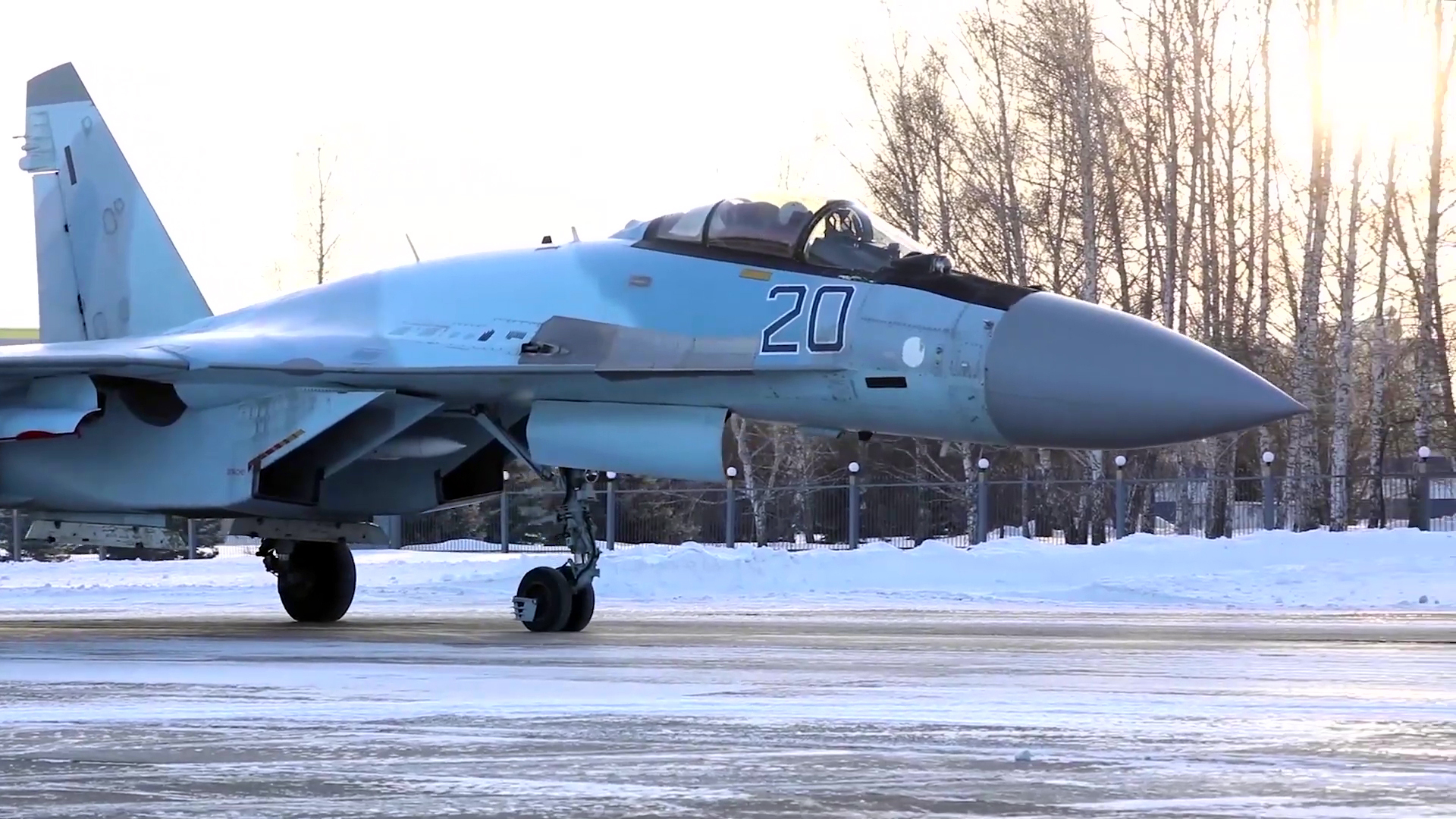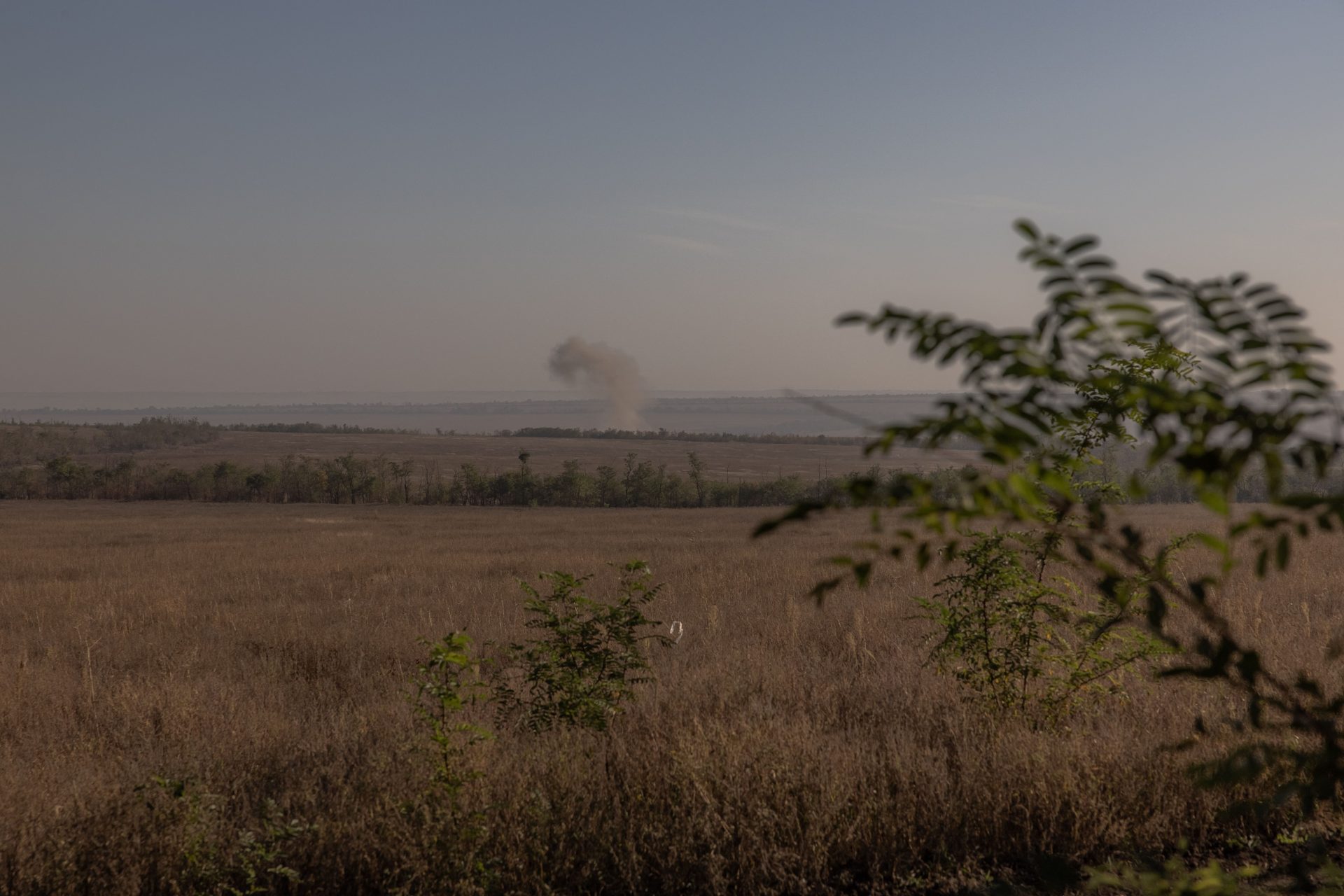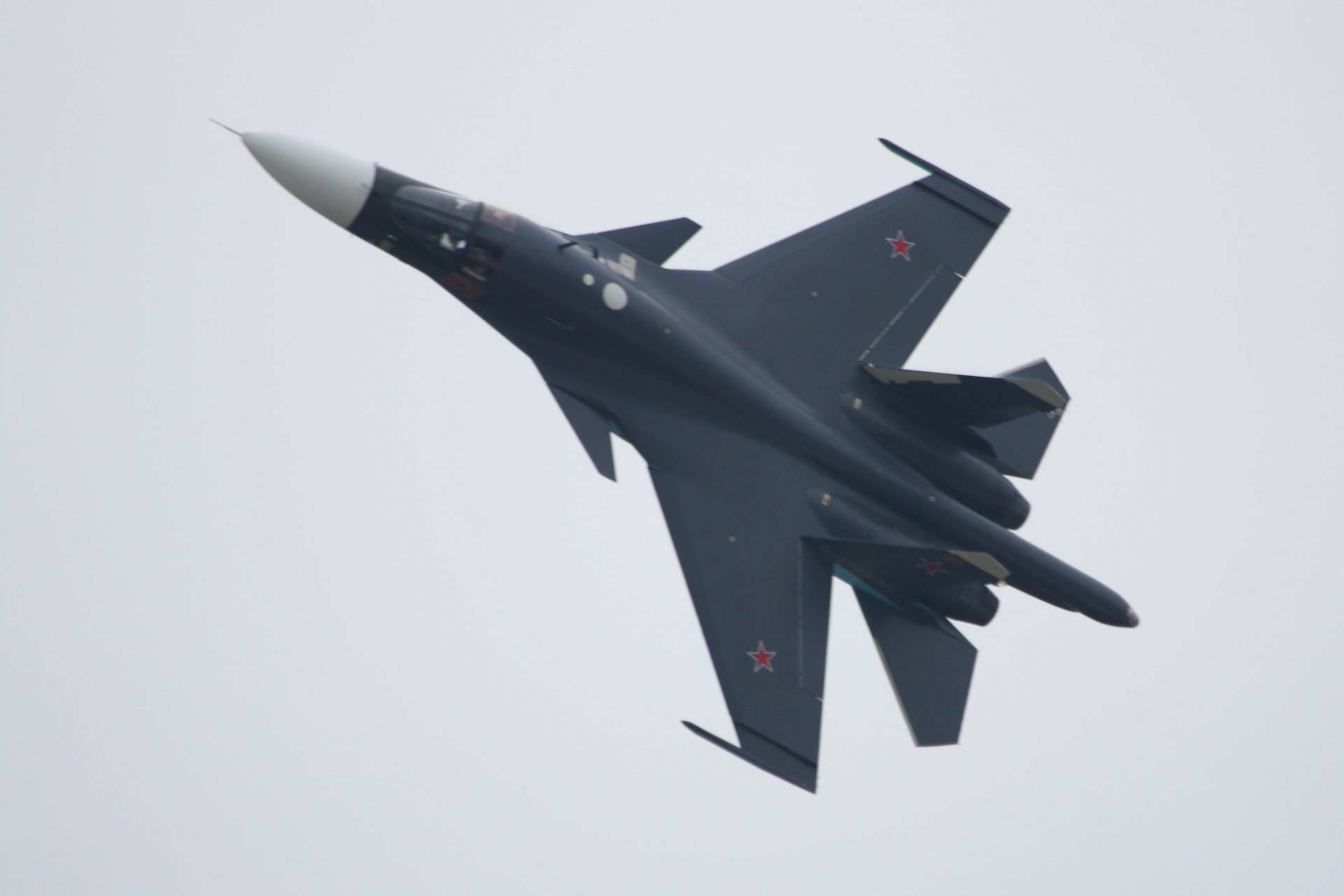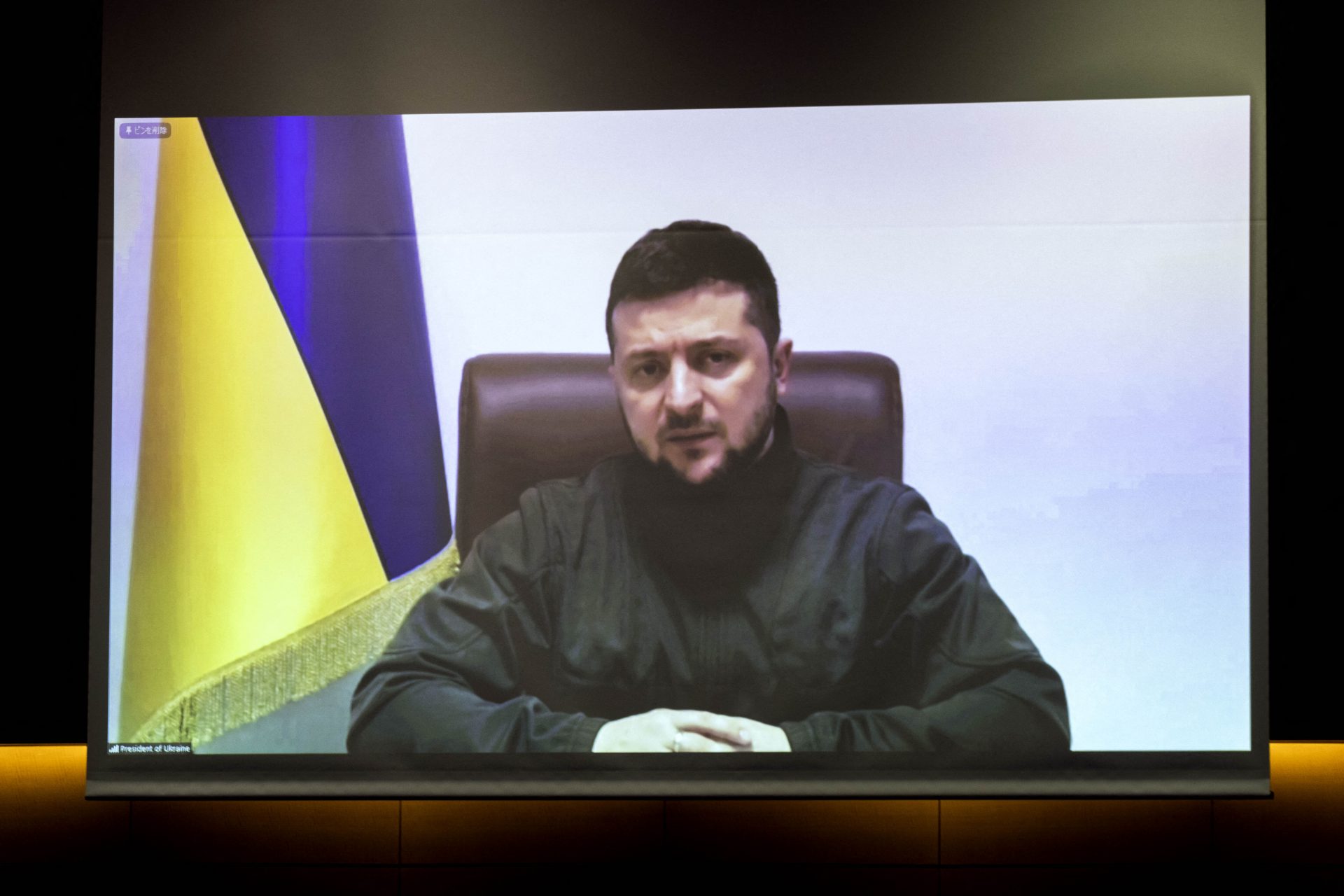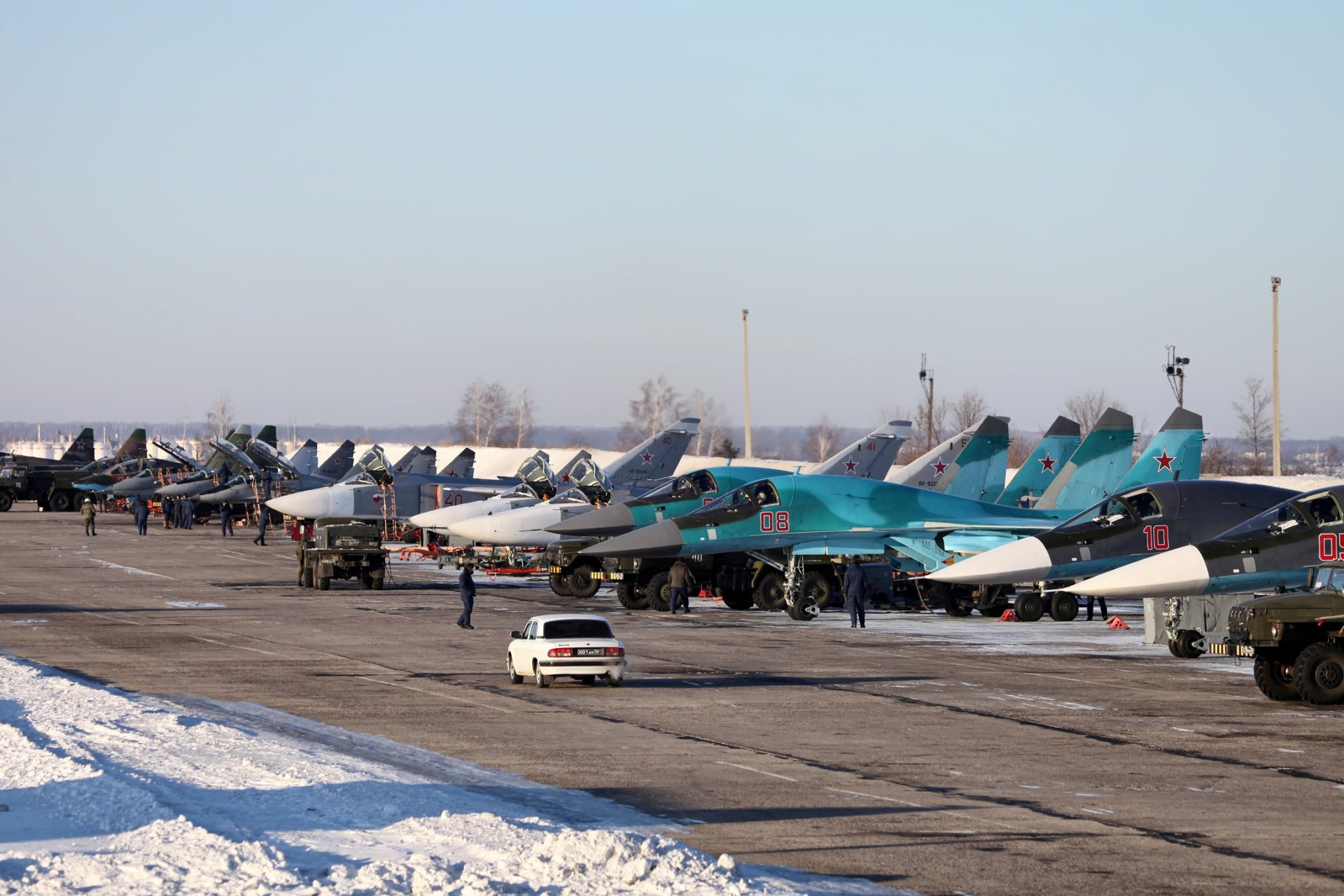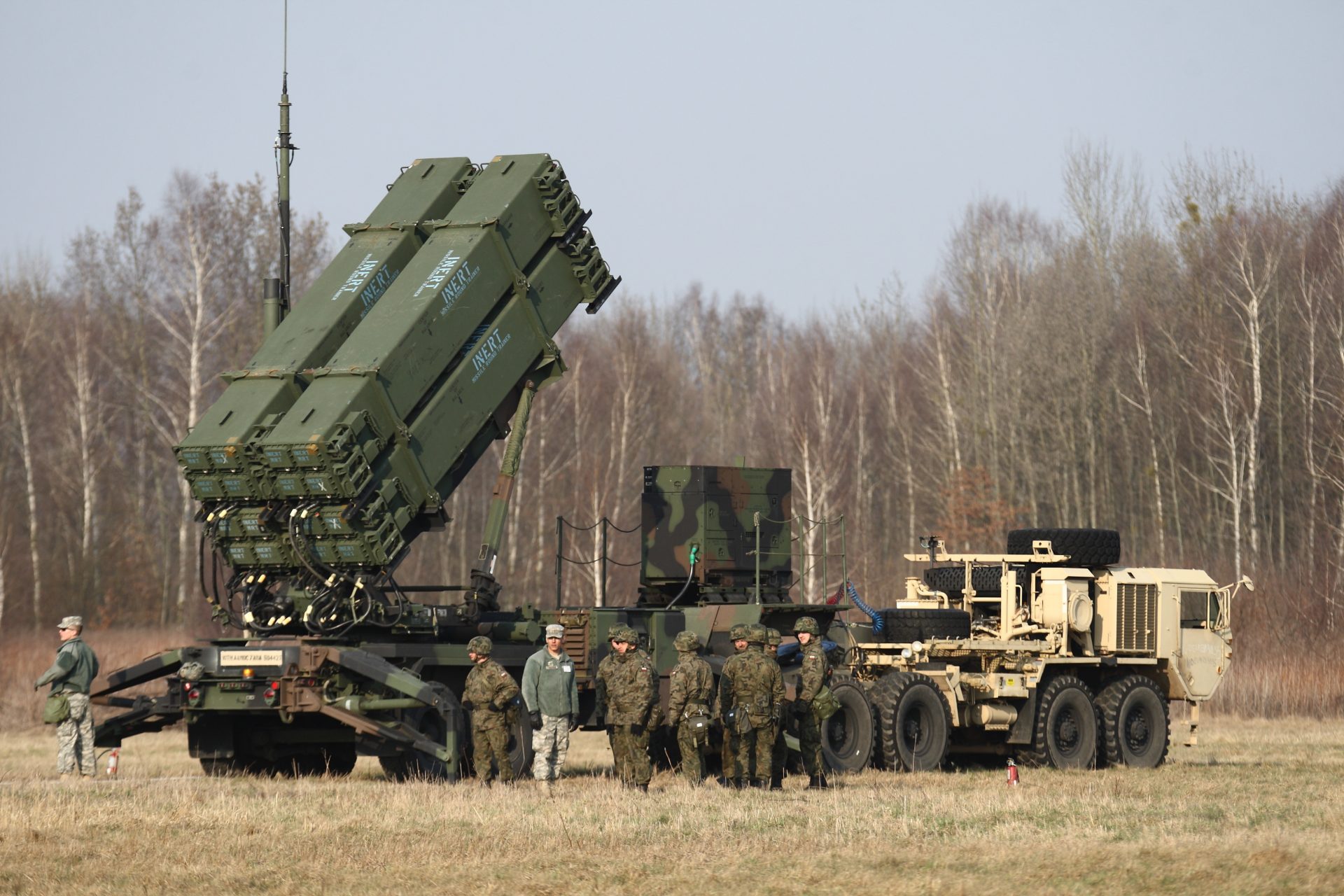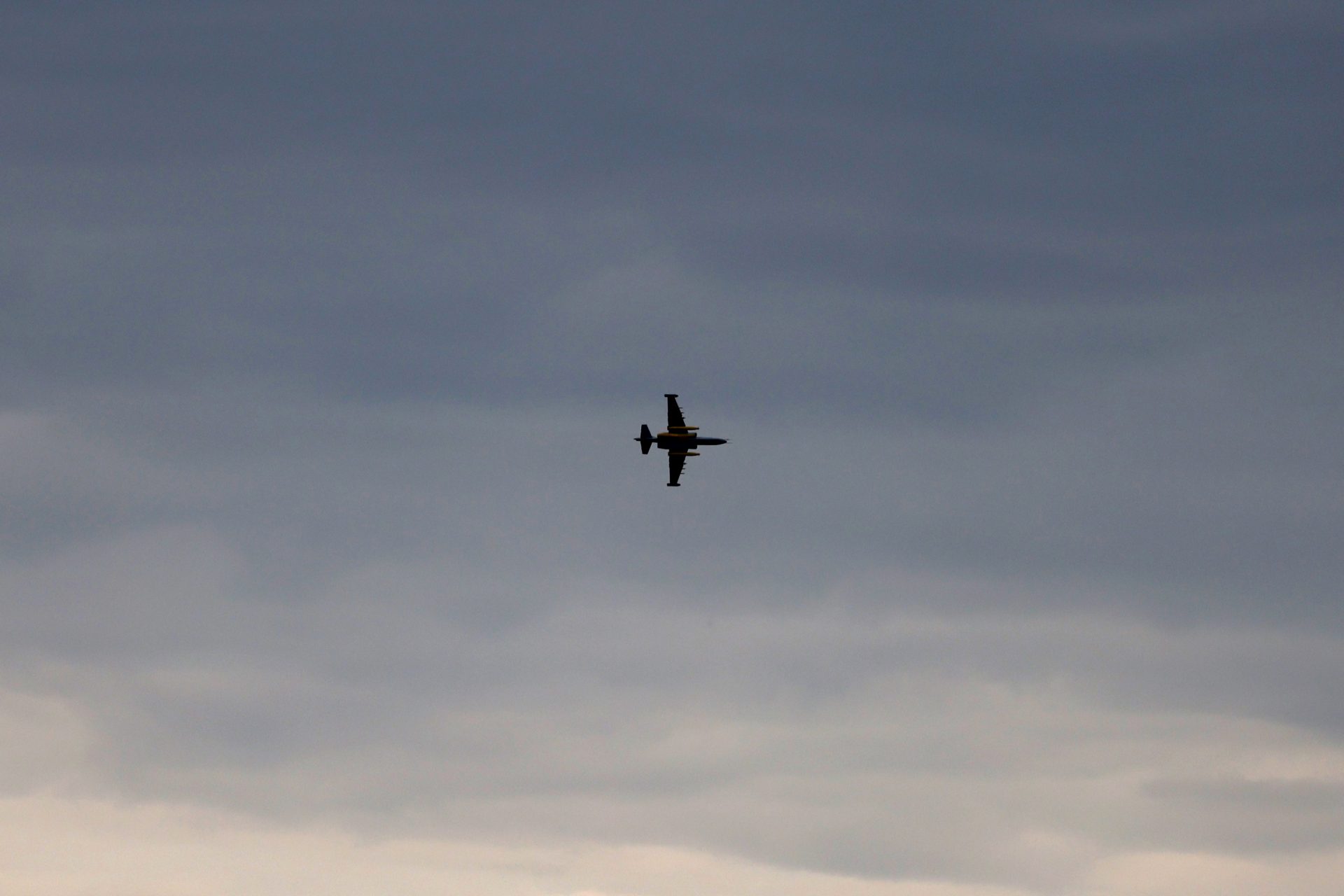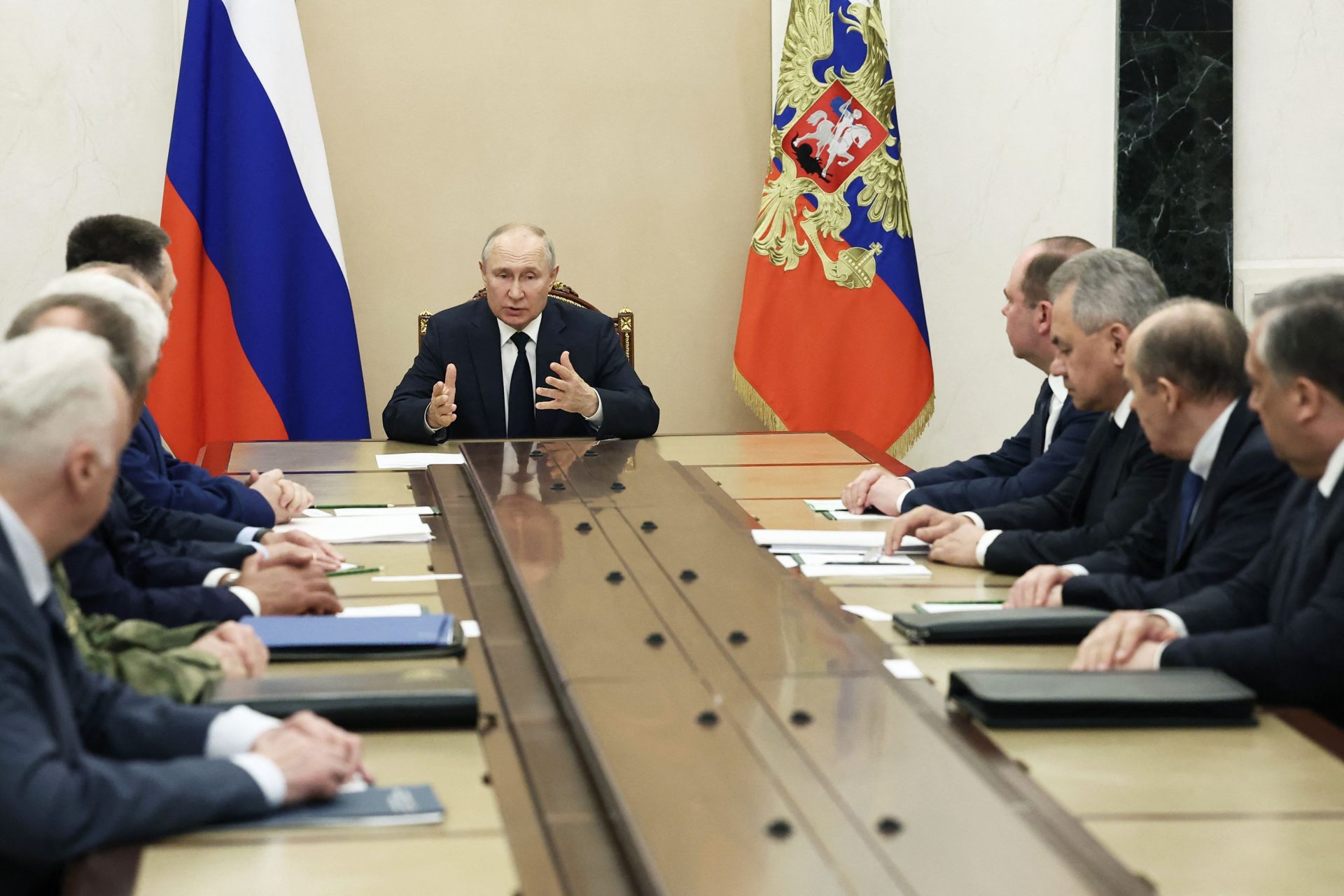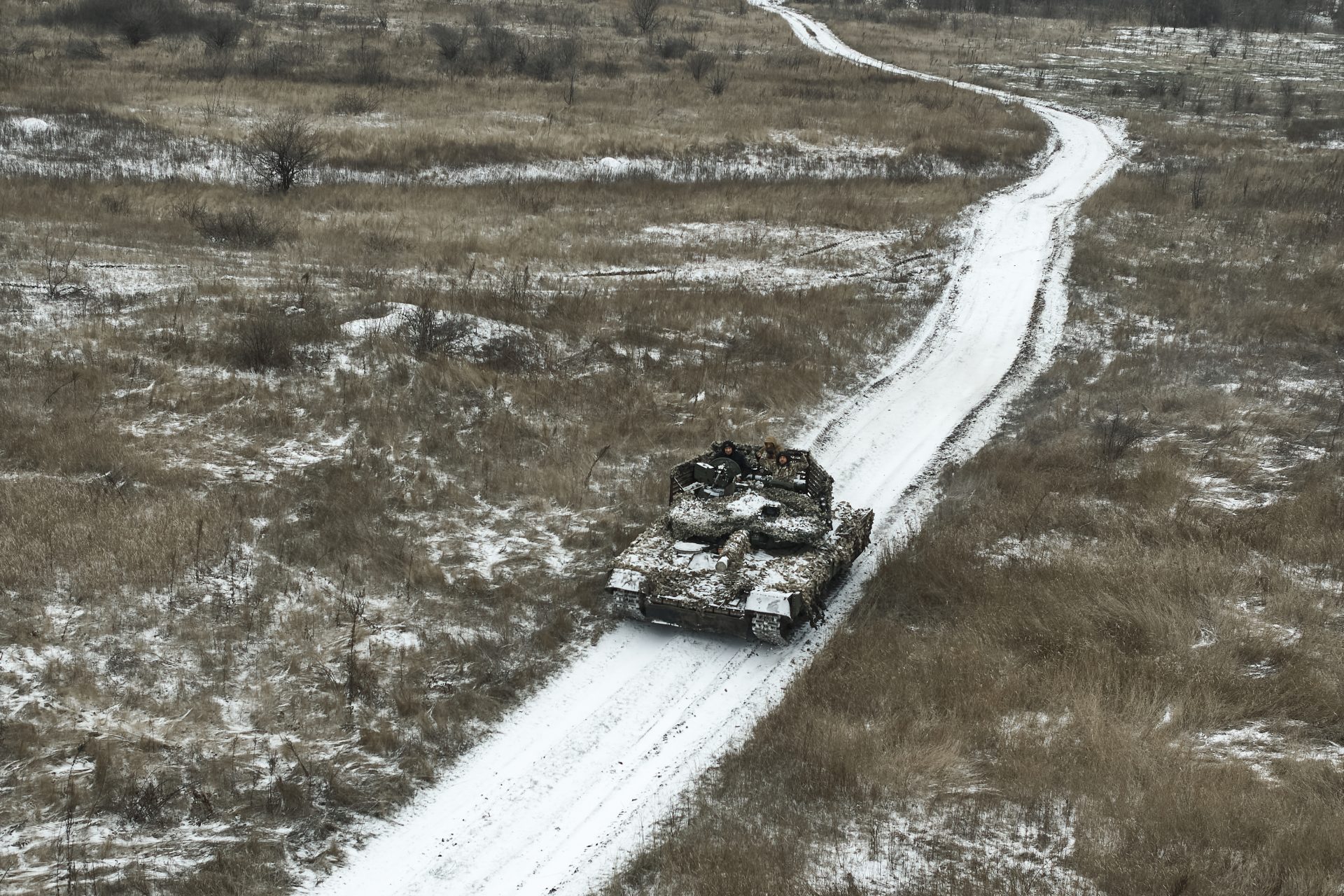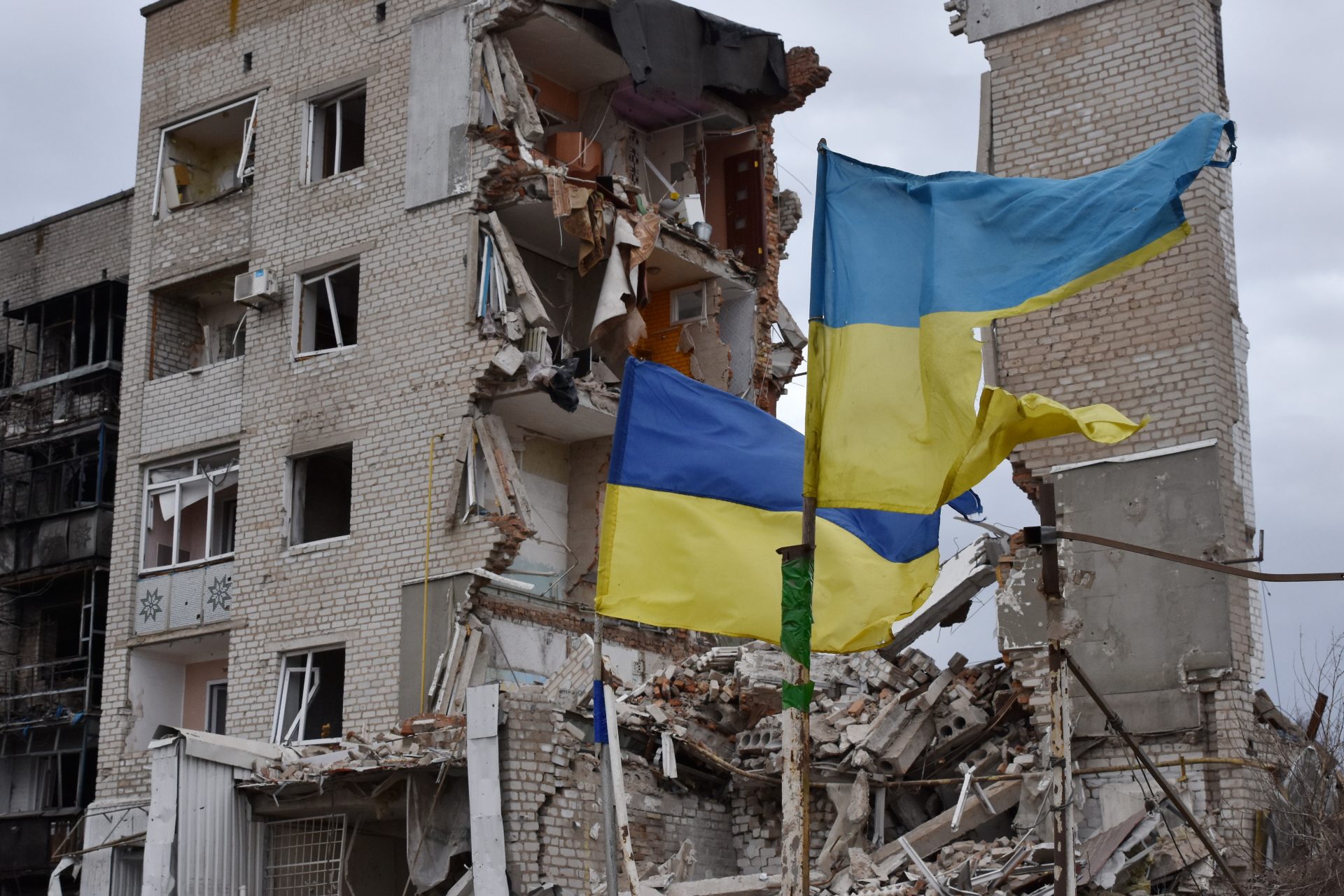Russia is reducing its air attacks after heavy losses
Russia has reduced the number of air strikes it has launched against frontline positions in Ukraine after several planes were shot down in the previous week according to a report from the Institute for the Study of War (ISW).
Citing remarks made by Ukrainian Air Force spokesperson Colonel Yuriy Ihnat, analysts from ISW reported that Russian aviation may have decreased its use of glide bombs in Ukraine following the downing of five fighter planes.
ISW analysts previously reported that Russia intensified its use of air-launched glide bombs against Ukrainian forces on the right bank of the Dnipro River after Russian long-range artillery was suppressed in the area, but this had consequences.
The increased use of aviation and glide bombs led to the downing of at least 5 planes in three days according to several Ukrainian sources, including the Ukrainian Air Force which posted on Telegram about the fourth and fifth loss.
On December 25th, Ukrainian anti-aircraft systems shot down an Su-34 in the Donetsk region while one Su-30SM was downed somewhere over the Black Sea. These losses were in addition to the earlier loss of three other aircraft.
Photo Credit: Wiki Commons By Doomych - Own Work
Three Su-34 fighter bombers were shot down over the Kherson region according to the Ukrainian Air Force, and Ukrainian President Volodymyr Zelensky thanked the soldiers who destroyed the planes according to a BBC News report.
The loss of so many aircraft in such a short period of time marks would be a tough blow to the Russian Air Force and that may be why military leaders have opted to reduce the use of glided bomb attacks based on analysis from the ISW.
Photo Credit: Wiki Commons By Vitaly V. Kuzmin
Analysts reported the decrease in glide bomb usage “suggests that Russian forces are concerned about Ukrainian air defense capabilities following recent losses.” However, it is difficult to know if the losses lead to the reduction.
"They got cocky, came closer, tried to strike our troops with guided bombs deeper in the defense positions," Ukrainian Air Force spokesman Colonel Ihnat commented about the first three downings according to a report from Newsweek.
“But when you want to strike and are itching to strike, you have to fly closer," explained the Ukrainian spokesperson. "They took a risk—unsuccessfully," Ihnat added, though he stopped short of revealing how the planes were downed.
The New York Times reported that while the world still doesn’t know how the five planes were downed, National Institute for Strategic Studies military analyst Mykola Bielieskov suggested that American MIM-104 Patriot might have been involved.
“The Patriot can shoot down incoming missiles before they hit their intended targets, as well as engage aircraft up to about a hundred miles away,” Constant Méheut of the New York Times wrote about the advanced air defense system.
Newsweek noted that Russian aircraft release glide bombs roughly 45 miles away from their targets, which means that the air assets dropping the bombs on Ukrainian positions would be less exposed to Kyiv’s tough air defenses.
However, the strategy hasn’t seemed to protect Moscow’s planes from attack and if the reduction of glide bomb usage at the front proves true, ISW analysts noted that it could provide Ukrainian forces with a unique opportunity.
“Continued decreased Russian glide bomb strikes in Kherson Oblast may present an opportunity for Ukrainian forces to operate more freely in near rear areas in west bank Kherson Oblast,” ISW analysts explained in their report.
Ukrainian forces might be able to establish safer positions on the left bank of the Dnipro River from which they would be able to conduct future operations, the report added. But the situation in Kherson is still unclear at the moment.
More for you
Top Stories




